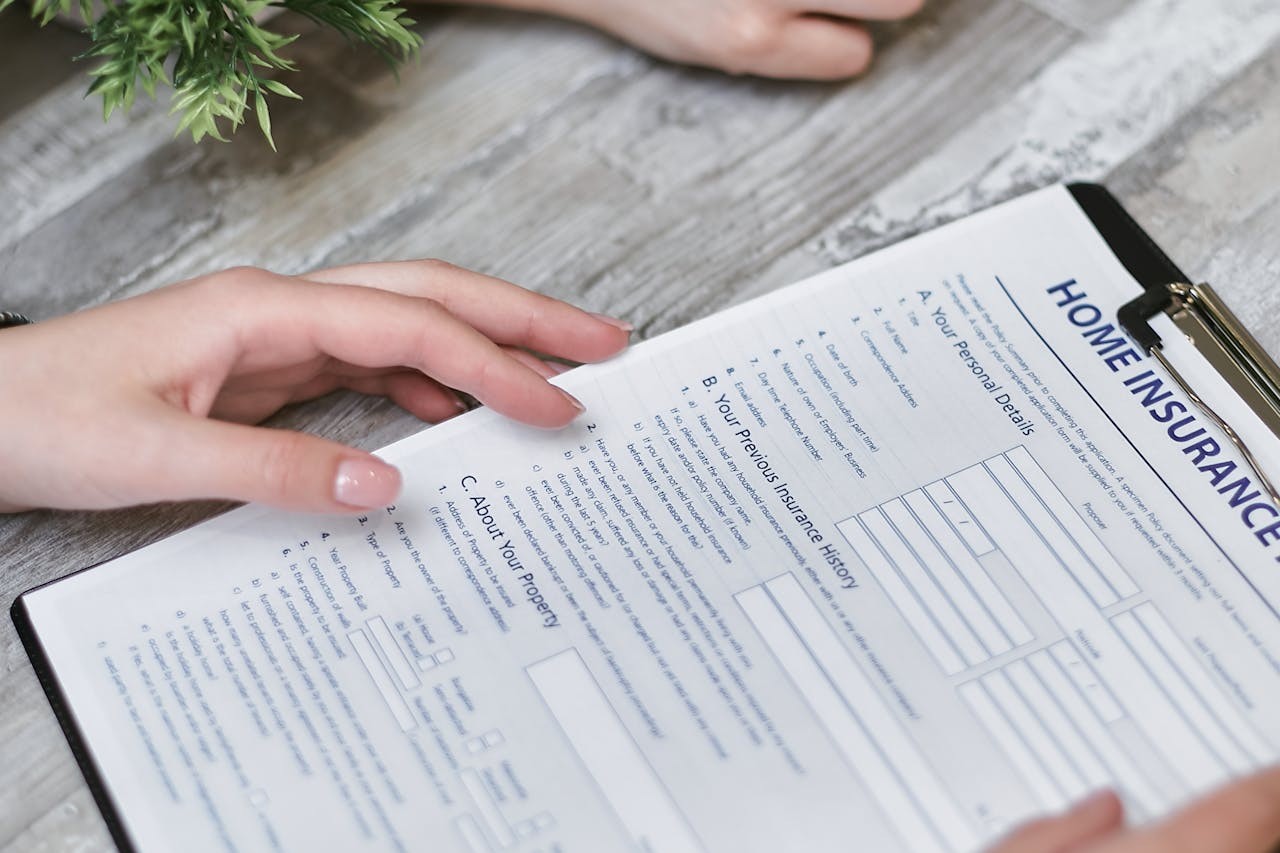Downsizing your home is a significant life decision that can lead to greater financial freedom, a simpler lifestyle, and reduced stress. Whether you’re aiming to reduce debt, save for retirement, or just want to live more efficiently, downsizing can be a great way to achieve these goals. However, it’s essential to plan and budget carefully to ensure that the transition is financially smooth. In this blog, we’ll explore 10 essential budgeting tips for homeowners looking to downsize their home, helping you make the most of this life-changing move.
1. Assess Your Current Financial Situation
Before diving into the process of downsizing, take the time to assess your current financial situation. Understanding your income, expenses, and overall financial health is critical to making informed decisions about your move. Review your monthly expenses, including mortgage payments, utilities, property taxes, and maintenance costs. Identify areas where you may be overspending and look for opportunities to cut back. This will give you a clear picture of your finances and help you set a realistic budget for your downsized home. By knowing exactly where you stand, you can avoid making financial decisions that could cause stress down the road.
2. Set a Realistic Budget for Your New Home
Downsizing your home doesn’t necessarily mean that your new place will be significantly cheaper. While smaller homes generally cost less, there are many factors to consider when setting a budget. For example, location can significantly affect the price of a home, and you may still face high property taxes, insurance premiums, and maintenance costs. When setting your budget, consider all these factors. Additionally, think about the potential costs of renovations or repairs that might be needed to make your new home more comfortable. By setting a realistic budget that includes all of these considerations, you’ll ensure that your new home fits comfortably within your financial means.
3. Factor in Moving Costs
Moving can be expensive, and it’s easy to overlook these costs when planning to downsize. The cost of hiring movers, renting a truck, buying packing supplies, and other associated expenses can quickly add up. To keep moving costs down, consider doing some of the work yourself. Packing your belongings, organizing your items, and asking friends or family to help with the move can save you a significant amount of money. Additionally, selling unwanted items before you move can help reduce the amount of stuff you need to transport, ultimately saving you money on moving expenses. Don’t forget to budget for any unexpected costs that may arise during the move, such as last-minute packing supplies or additional help.
4. Consider the Long-Term Savings
One of the primary reasons people choose to downsize is to reduce their long-term expenses. Smaller homes often come with lower monthly mortgage payments, reduced property taxes, and lower utility bills. These savings can add up over time and free up money for other financial goals, such as saving for retirement or paying off debt. When budgeting for your downsized home, be sure to consider the long-term financial benefits. While there may be upfront costs associated with selling your current home and purchasing a new one, the ongoing savings in utilities, maintenance, and property taxes can make downsizing a financially sound decision in the long run.
5. Sell Unnecessary Items
Downsizing your home provides the perfect opportunity to declutter and sell items you no longer need. Whether it’s furniture, clothing, electronics, or other household items, you’re likely to find plenty of things that can be sold or donated. The money you make from selling these items can help offset some of the costs associated with moving, and you’ll have less to transport to your new home. Consider hosting a garage sale, listing items online, or donating them to charity. The less you have to move, the more you’ll save in both time and money. Plus, living with fewer possessions can help you embrace a simpler, more minimalist lifestyle.
6. Negotiate Your Mortgage or Rent
If you’re planning to buy a smaller home, you may have the opportunity to negotiate a better mortgage rate or find a more affordable rental option. Many homeowners overlook the possibility of negotiating their mortgage terms, but doing so can save you a significant amount of money over time. Shop around for the best mortgage rates, and don’t hesitate to ask your lender for better terms or a lower interest rate. If you’re renting, try negotiating with your landlord for a lower rent, especially if you’re moving to a smaller unit. This can help you stay within your downsizing budget and make the transition more affordable.
7. Look for Tax Breaks and Incentives
Depending on where you live, there may be tax breaks or incentives available for homeowners who downsize. For example, some regions offer property tax reductions for seniors or people who move to smaller homes. Additionally, you may be eligible for capital gains exemptions or other tax benefits if you sell your current home and buy a new one. Research the tax laws in your area to see if there are any opportunities to reduce your tax burden during the downsizing process. Consulting with a tax professional can help you identify potential savings that can make your downsizing experience more affordable.
8. Downsize Your Utilities and Insurance
One of the immediate benefits of downsizing is the potential to lower your utility bills and insurance premiums. Smaller homes typically require less energy to heat and cool, which can result in significant savings on your monthly utility bills. Additionally, homeowners insurance premiums are often lower for smaller homes, as the value of the property and contents is less. When budgeting for your new home, make sure to factor in these reduced costs. The savings on utilities and insurance can help offset some of the expenses associated with moving and buying a new property, making downsizing even more financially advantageous.
9. Plan for Home Maintenance Costs
Even though you’re moving to a smaller home, it’s important to budget for ongoing maintenance costs. While smaller homes typically require less maintenance, they still need regular upkeep. This includes things like lawn care, minor repairs, and occasional renovations. Make sure to set aside a portion of your budget for these ongoing expenses to avoid any financial surprises down the road. Additionally, consider investing in tools or hiring professionals for tasks you may not have the time or expertise to handle yourself. Planning for maintenance costs will help ensure that your new home remains in good condition without straining your budget.
10. Create a Financial Cushion for Unexpected Expenses
While downsizing can help you save money, it’s essential to be prepared for unexpected expenses that may arise during the transition. Whether it’s a sudden repair, a change in your financial situation, or an unforeseen moving cost, having a financial cushion can help you navigate these challenges without derailing your budget. Aim to set aside at least three to six months’ worth of living expenses in an emergency fund to give yourself peace of mind as you downsize. This financial cushion will allow you to handle unexpected costs without compromising your financial stability.
Final Thoughts
Downsizing your home can be a rewarding experience, both financially and emotionally. By following these 10 essential budgeting tips, you can ensure that your transition is smooth and that your new, smaller home fits seamlessly into your financial goals. Whether you’re looking to reduce debt, save for retirement, or simply live more comfortably, careful budgeting is key to making the most of your downsizing decision. Start planning today, and you’ll be well on your way to enjoying the benefits of a simpler, more affordable lifestyle.












